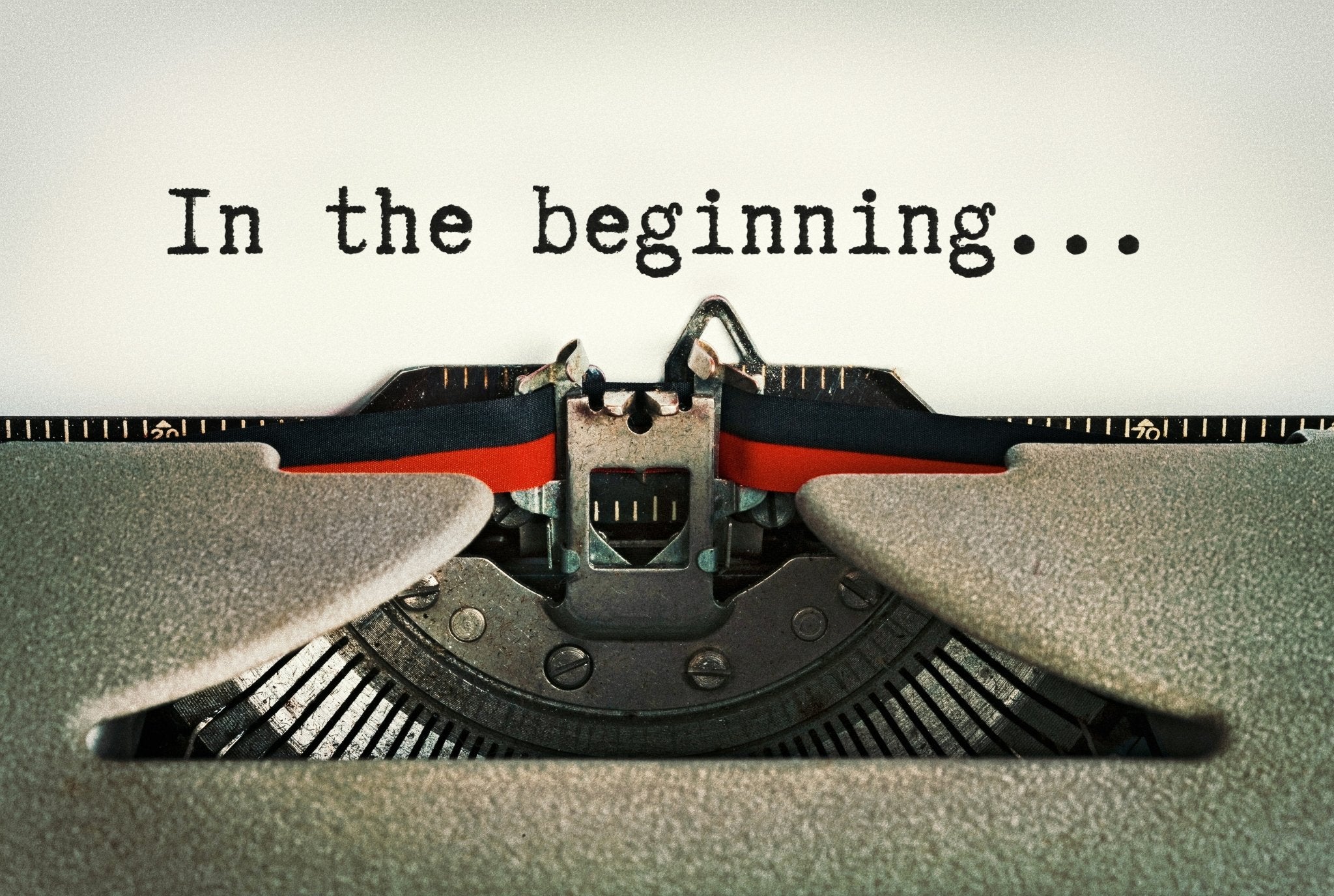Color Psychology in UX Website Design and Logos

In the realm of digital marketing and branding, the strategic use of color goes beyond mere aesthetics – it's a powerful tool that influences emotions, perceptions, and ultimately, consumer behavior. From UX website design to logo creation, understanding the principles of color psychology can significantly impact the success of businesses by fostering positive associations, enhancing user experience, and driving sales. Let's explore why color psychology matters to clients or customers and how it contributes to overall success.
Creating Emotional Connections
Color has the remarkable ability to evoke specific emotions and associations, making it a crucial element in creating memorable brand experiences. By strategically incorporating colors that align with the brand's values and personality, businesses can establish emotional connections with their target audience. Whether it's the calming blue hues of a wellness brand or the vibrant reds of a dynamic tech company, the right color palette can evoke the desired emotions and leave a lasting impression on customers.
Enhancing User Experience
In UX website design, color plays a pivotal role in guiding users through the digital journey and shaping their interactions with the brand. A well-designed color scheme can improve readability, highlight important elements, and create visual hierarchy, making it easier for users to navigate the website and find the information they need. By considering factors such as contrast, readability, and accessibility, businesses can optimize the user experience and keep visitors engaged and satisfied.
Building Brand Recognition
Consistent use of color across all brand touchpoints, including logos, websites, and marketing materials, fosters brand recognition and recall. A cohesive color scheme helps to reinforce brand identity and differentiate businesses from competitors in a crowded marketplace. When customers consistently associate certain colors with a brand, they are more likely to remember it and develop a sense of trust and loyalty over time.
Driving Sales and Conversions
The psychological impact of color extends to purchasing decisions, with studies showing that color can influence consumer perceptions and buying behavior. For example, warm tones like red and orange are often associated with excitement and urgency, making them effective for creating a sense of urgency in sales promotions and CTAs. On the other hand, cooler tones like blue and green convey calmness and trust, making them ideal for building credibility and encouraging conversions.
Conclusion: Harnessing the Power of Color Psychology
In conclusion, color psychology is a fundamental aspect of UX website design and logo creation that directly impacts client or customer perceptions, sales, and overall success. By leveraging the principles of color psychology, businesses can create compelling brand experiences that resonate with their audience, enhance user experience, foster brand recognition, and drive tangible results. From evoking emotions to influencing purchasing decisions, the strategic use of color is a powerful tool that can elevate businesses to new heights in today's competitive landscape.







